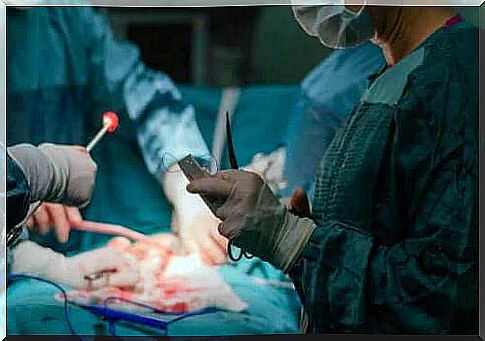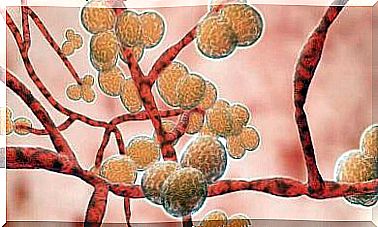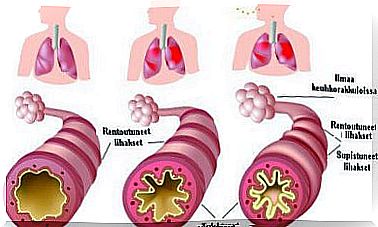For What Reasons Is A Hysterectomy Performed?

When a woman needs to have a hysterectomy, the surgeon chooses the best technique individually for each patient. The selection is based on the patient’s medical history and his or her state of health at the time of the decision.
Uterine removal is usually not an easy decision for a woman. Even if it is obviously necessary because of some illness, it is never a pleasant option. It is important that the patient is involved in decision making and considers with the doctor what type of hysterectomy would be the best option for him. The patient must understand that each type of hysterectomy has different consequences.
A hysterectomy means that the surgeon removes the uterus from a woman’s body. Once this surgery is performed, whatever the type of hysterectomy, a woman loses her ability to reproduce. In other words, she can no longer get pregnant and have children.
This is why most countries have special legislation that requires a woman to give her full consent to surgery and that she fully understands what it is all about. No physician can perform a hysterectomy without the patient’s signed consent.
For what reasons is a hysterectomy performed?
As already mentioned, hysterectomy is a necessary procedure in many different cases of the disease. Unfortunately, for some diseases, hysterectomy is the only solution.
Let us now consider the various reasons why a hysterectomy may need to be performed.
Uterine cancer
This disease is the most common reason why a woman needs to have her uterus removed. Although cancer therapies do exist, such as chemotherapy and radiation therapy, organ removal is often necessary.
Although treatment for uterine cancer has progressed considerably in recent years, if the cancer is advanced at the time it is detected or if all treatments fail, hysterectomy is the only option.
Uterine fallout
Uterine fallout is a situation in which the uterus falls out of its normal position when the connective tissue and muscle structure of the pelvic floor is weakened for one reason or another. This causes a woman various symptoms and great discomfort.
If the deposition is not severe, it can be treated with pelvic floor exercises, weight management, or various treatments. If the condition is more severe, it can possibly be corrected by surgical procedures, and in extreme cases, if the deposition continues to affect quality of life, the woman will undergo hysterectomy.

Uterine smooth muscle tumor
A uterine smooth muscle tumor, or myoma, is a benign, fairly common tumor of the uterus. A large proportion of myomas are asymptomatic and do not require treatment, but sometimes they cause a variety of symptoms such as bleeding disorders, pain, and difficulty urinating or defecating. Uterine removal is not usually necessary to treat this condition, but in extreme situations it may be necessary.
Endometriosis
In endometriosis, a disease of the lining of the uterus, tissue of the uterine lining, or similar tissue, occurs outside the uterus. Some cases are asymptomatic, while others may have severe symptoms.
There are numerous different treatment options for endometriosis, but if all methods fail, the doctor will have to consider hysterectomy and ovarian removal.
What are the consequences of hysterectomy?
Whether it was a hysterectomy of any type or for any reason, in any case, a woman’s menstruation ends. When the period ends, the woman is no longer fertile, meaning she can no longer get pregnant, and menopause begins. If a woman is still of childbearing age at the time of surgery, menopause will start prematurely.
Menopausal women can also have a hysterectomy. In this case, the measure no longer has an effect on fertility, as the woman can no longer have children anyway.
Such a hysterectomy is possible as a procedure in which the ovaries are left in place and thus their hormone production does not cease. In these cases, menopause does not begin immediately, but perimenopause, the years before menopause with its symptoms, does begin to progress.
Women who have undergone partial hysterectomy should continue to have regular cervical examinations. With partial hysterectomy, the cervix is not removed, which means that cancer caused by the human papillomavirus may be possible.

Different types of hysterectomy
Next, we describe what variations of hysterectomy exist. One thing that needs to be considered when designing a measure is the entrance and technology. The uterus is accessed through an incision in the abdomen, through the vagina or by performing a laparoscopy. Then you also have to decide which parts of a woman’s reproductive organs need to be removed:
- Complete Removal: With this method of hysterectomy, the surgeon removes the woman’s entire uterus from her body, leaving the ovaries and fallopian tubes in the body.
- Partial removal: This type of hysterectomy only removes the upper part of the uterus. The cervix as well as the ovaries and fallopian tubes are left in place.
- Radical Removal: This is the most aggressive hysterectomy of all. It removes the entire uterus, as well as the ovaries and fallopian tubes.
Uterine removal: condensed
There are various types of hysterectomy. The doctor will give the patient all possible information about the procedure and its consequences, and will recommend the most suitable option for him. The woman must always give her unconditional and informed consent to the doctor.
After surgery, menstruation ends and menopause begins. Unfortunately, sometimes there are no other treatment options or they have not worked for the patient, in which case hysterectomy must be performed either to save a woman’s life or to improve her quality of life.









